I love contrasts and extremes: the blazing heat of the desert, and the 40 degree drop in temperature at night this time of year.
Dia de los Muertos, or Day of the Dead, is that kind of festival— a study of contrasts and extremes, a party of joy and sorrow, yin and yang. The Nogales cemetery, a place of sadness and grief, is today a place of singing, feasting, and marigolds everywhere. The streets are lined with booths selling bouquets of marigolds, sugar skulls, and pan dulce. (sweet bread and pastries) There is the smell of roasted pork on skewers slowly dripping into the fires, and strolling guitarists and accordions are everywhere.
Mexicans celebrate Dia de los Muertos with a very different spirit than our American Hallowe’en. Families gather around the graves of their departed loved ones, feast on favorite foods, pass a bottle of tequila, and spend the night singing and reminiscing about those that have died. They welcome the spirits of family and friends into their lives. It is a gentle, joyous, and respectful sharing of feelings. Nothing scary here. Children are helping parents place marigolds in elaborate patterns on grave stones. Things are pretty upbeat in this old cemetery.
Our Samaritan group stops first at the comedor where we see 100 or more migrants lined up for breakfast. I meet “Alberto”, age 12 days. His proud Papa holds him up for me to see. Alberto’s madre is there as well, and is glowing because her husband has just been released from a US detention center after being deported from California. Papa is weeping quietly—for happiness, with relief? I do not know. Alberto yawns and makes squeaky baby noises. Mama fusses over her newborn.
They have everything today. They have their baby and they are together.
I ask where they are heading. They answer, “We will stay in Nogales until Alberto is stronger.” Wise parents. I rummage through the piles of clothing and find a classy Calvin Klein “one-sie” for baby Alberto. There is hope in the eyes of this humble family. And they have nothing in the way of worldly goods. I see them stroll off toward the cemetery and the celebration. Beginnings and endings—that is what this day is all about.
My Samaritan friends and I walk over to the festivities. I buy a sugar skull and a huge bouquet of marigolds and cockscombs to decorate my own altar at home. We dine on the best carne asada I have had in years in a taqueria along the street.
Afterwards, as we walk through US customs and back to our cars, the customs agent stops me and says, “You cannot take the flowers with you, because of possible infestation of destructive insects.”
“What??!!” , I protest. “But the bugs don’t respect the fact that there is a border and a Wall. They’ll just fly over! Keeping my flowers won’t keep Mexican bugs out of the USA.”
The Customs Agent smiles, is actually quite cordial, and agrees. He says, “I’m sorry…it’s not me, it’s the government. It’s a rule.”
So I give him my beautiful marigolds and tell him, “Take these home to your own altar tonight. It is a tradition around here. It is Dia de los Muertos. He smiles, takes my flowers, and walks them over to the trash can.
And I feel the contrasts of the USA, a country I love— the frustration, the disbelief, and the anger about policies that don’t make any sense. From flowers to migrants to detention centers. And I have the freedom to speak out about it.
But I have to say, the world seems a bit saner tonight over yonder in that cemetery with the singing and gentle laughter and music. Viva Mexico.

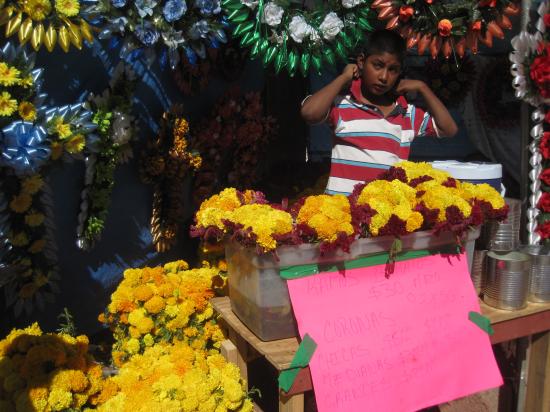
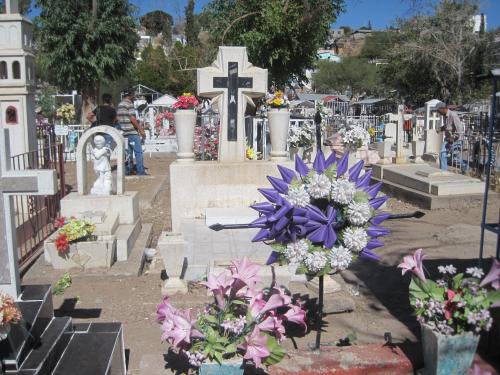
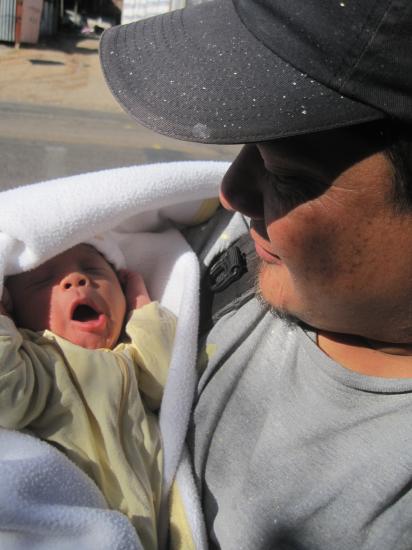
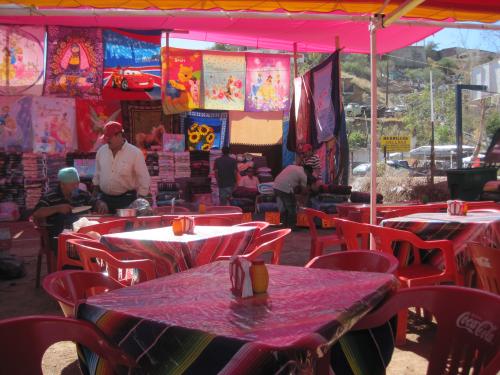
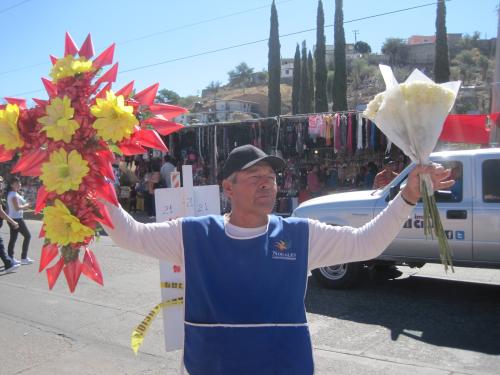

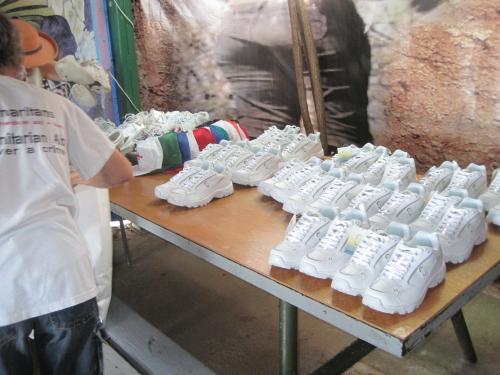
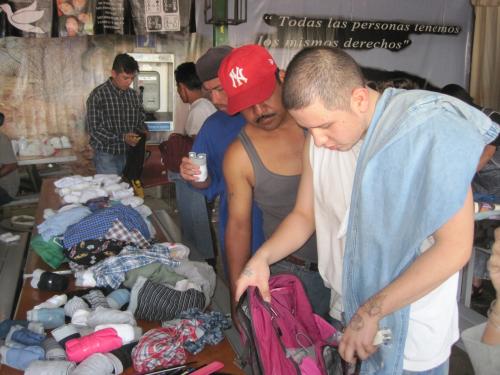
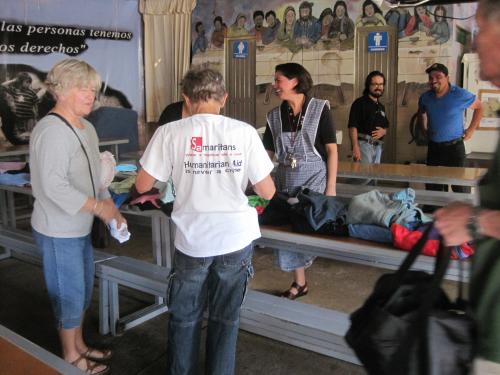
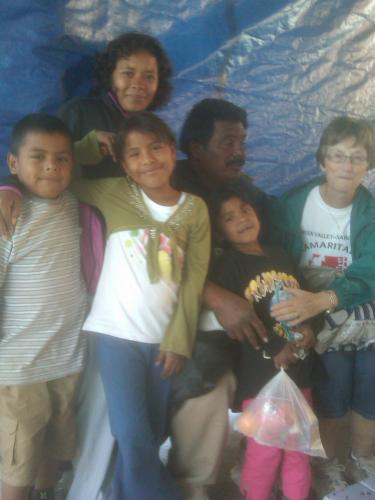
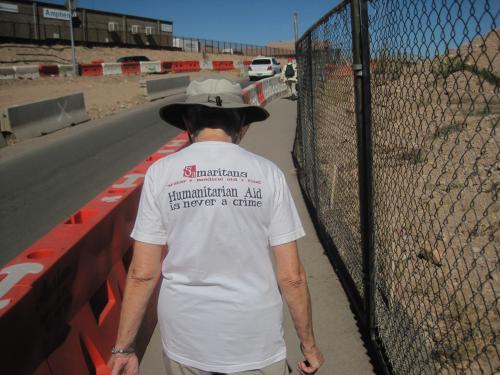
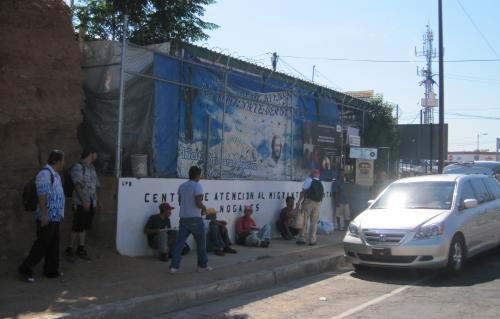
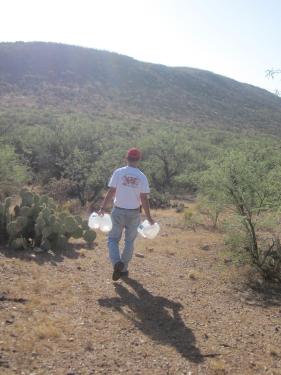
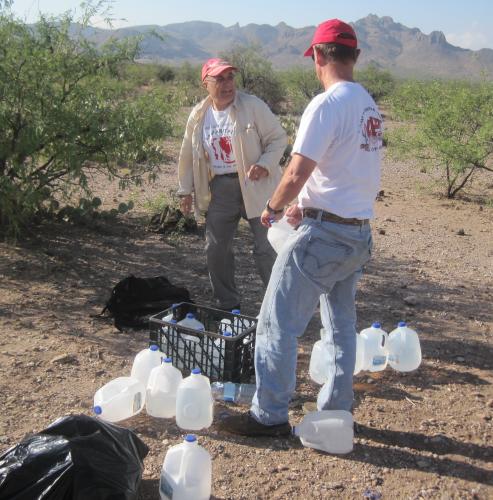
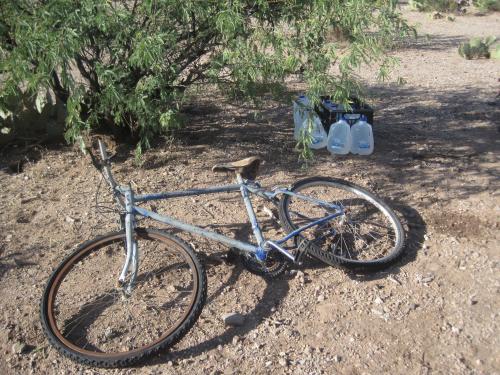
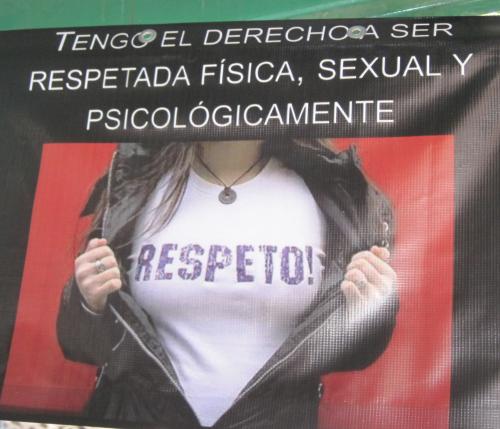
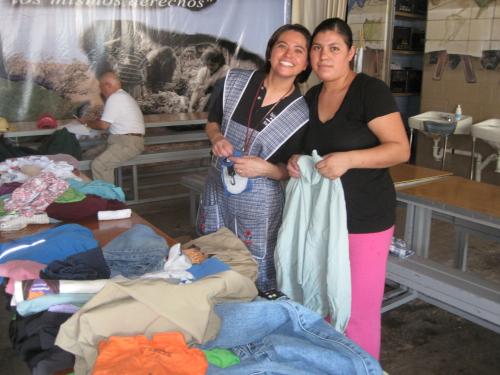
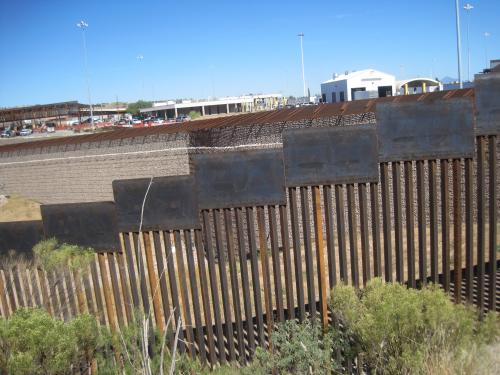
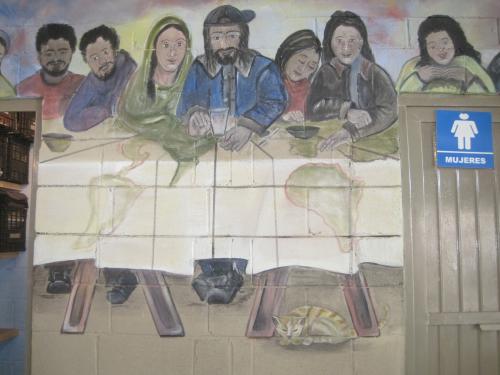
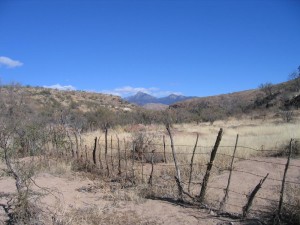
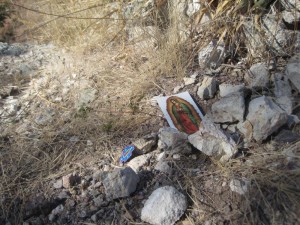
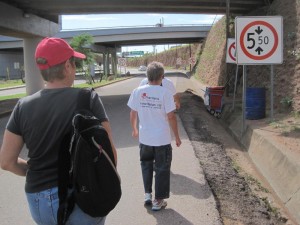
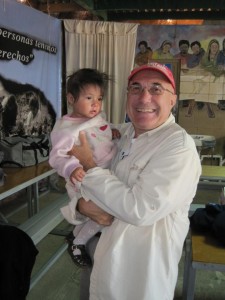

Recent Comments